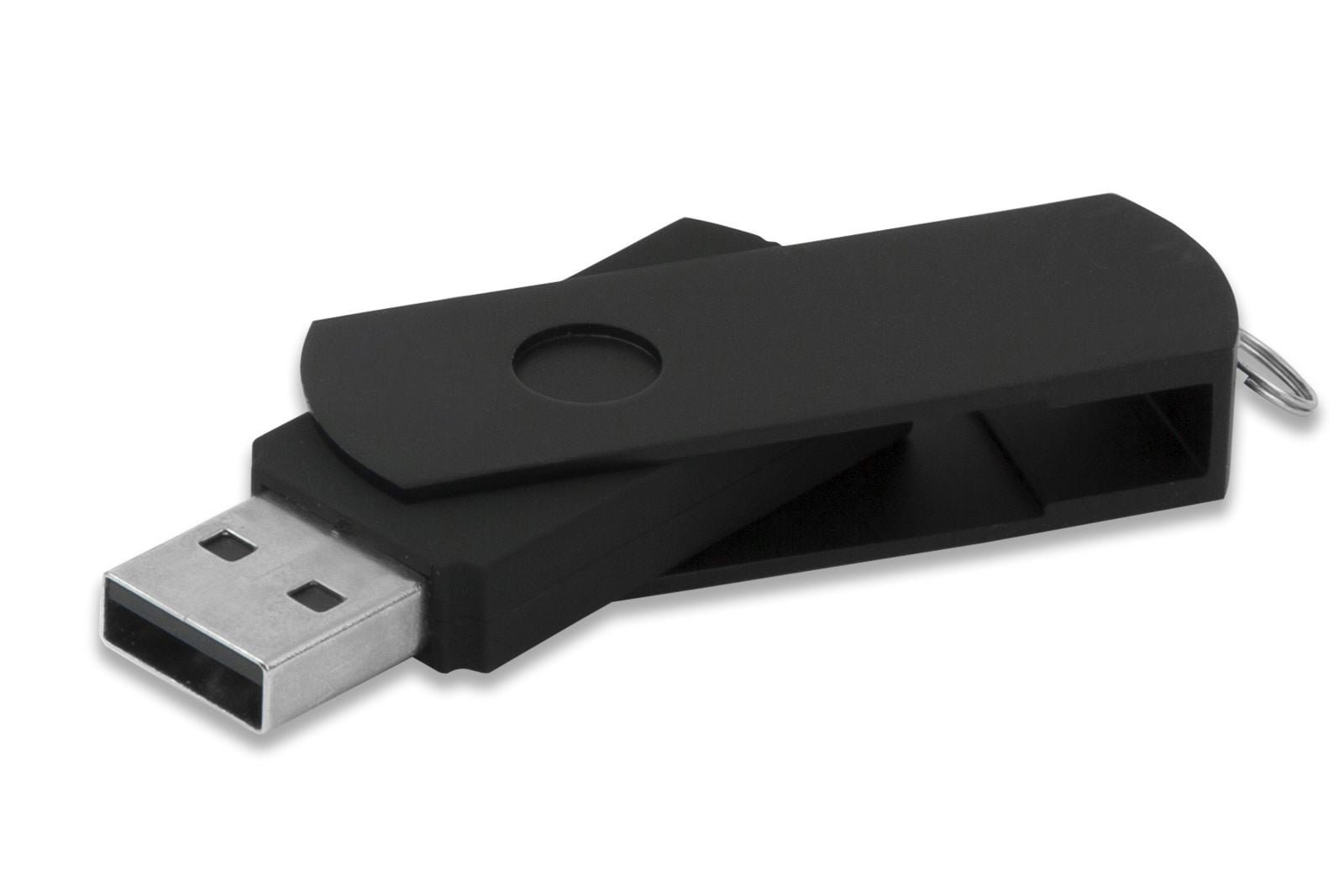USB memory devices have become an integral part of our daily lives, allowing us to easily transfer and store data. However, there can be instances when you encounter issues with your USB memory, such as being unable to read it. This can be frustrating, especially if you have important files stored on the device. In this article, we will discuss some troubleshooting tips to help you resolve this problem.
1. Check the USB Connection
The first step is to ensure that the USB memory is properly connected to your computer. Disconnect it and reconnect it firmly into the USB port. Sometimes, a loose connection can prevent the device from being recognized.
2. Try a Different USB Port
If the USB memory is still not being read, try plugging it into a different USB port on your computer. There may be an issue with the specific port you were using. By trying a different port, you can determine if the problem lies with the USB memory or the port itself.
3. Use a Different Computer
If the USB memory is still not being recognized, try connecting it to a different computer. This will help determine if the issue is specific to your computer or if the USB memory itself is faulty. If the device is recognized on another computer, the problem may be with your computer’s USB drivers.
4. Update USB Drivers
Outdated or incompatible USB drivers can cause issues with USB devices. To update your USB drivers, follow these steps:
- Open the Device Manager on your computer.
- Expand the “Universal Serial Bus controllers” section.
- Right-click on each USB driver and select “Update driver.”
- Follow the prompts to update the drivers.
5. Check for Device Compatibility
Some USB memory devices may not be compatible with certain operating systems or devices. Check the manufacturer’s website or documentation to ensure that the USB memory is compatible with your computer or device. If it is not compatible, you may need to consider using a different USB memory or finding alternative methods to transfer your data.
6. Scan for Malware
Malware or viruses can sometimes interfere with the recognition of USB devices. Run a thorough scan of your computer using reliable antivirus software to check for any malicious programs. If any malware is detected, remove it and then try connecting the USB memory again.
7. Format the USB Memory
If all else fails, you can try formatting the USB memory. However, please note that formatting will erase all data on the device. To format the USB memory, follow these steps:
- Open “File Explorer” on your computer.
- Locate the USB memory device.
- Right-click on the device and select “Format.”
- Follow the prompts to format the device.
Remember to backup any important data before formatting the USB memory.
In conclusion, being unable to read a USB memory device can be a frustrating experience. However, by following these troubleshooting tips, you can often resolve the issue and regain access to your important files. Remember to always handle USB memory devices with care and keep them protected from physical damage or exposure to extreme temperatures.
